Optimal Timing for Structural Repairs
Structural repairs are most effectively performed during periods of stable weather conditions. Mild temperatures and low humidity levels help ensure proper curing of materials and reduce the risk of delays caused by adverse weather. Timing repairs during dry seasons minimizes moisture-related issues and allows for safer, more efficient work.
Spring and early fall often provide ideal conditions for structural repairs due to moderate temperatures and lower precipitation levels.
Avoid repair projects during winter or heavy rain seasons, as extreme cold or moisture can compromise structural integrity and curing processes.
Certain materials, such as concrete and mortar, require specific temperature ranges for optimal strength development.
Planning repairs during favorable weather windows can reduce project duration and improve quality outcomes.
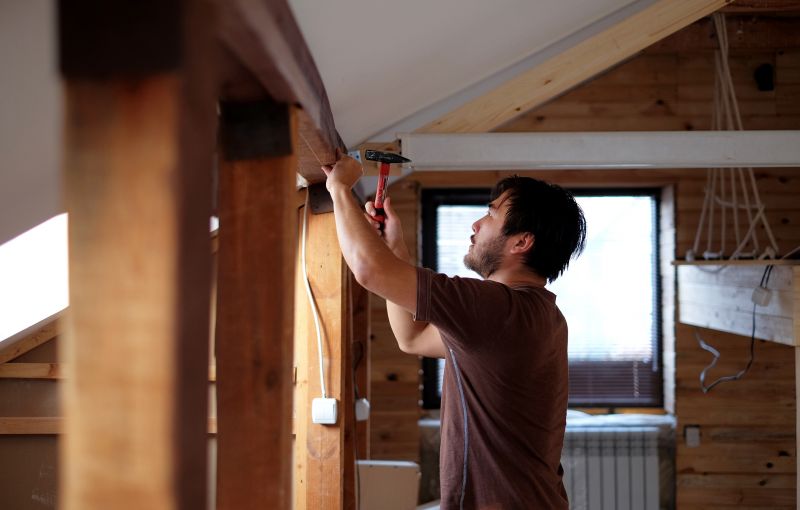
Spring offers mild temperatures and low humidity, ideal for structural work.
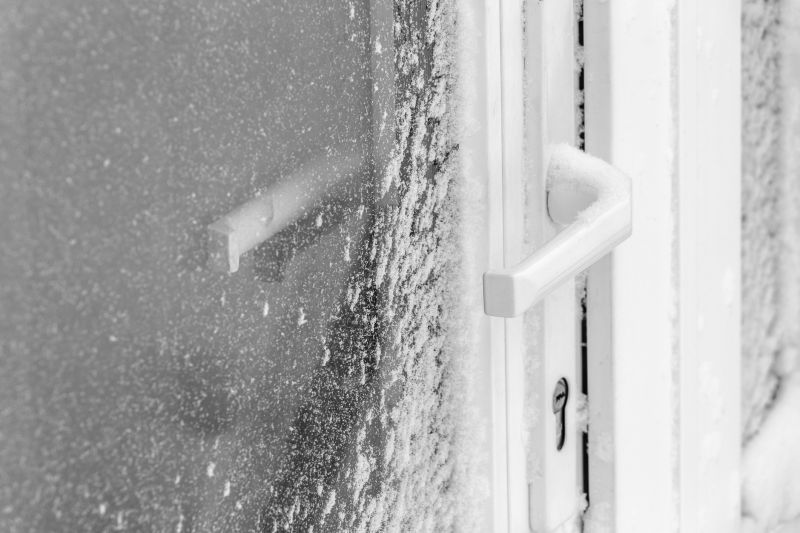
Cold temperatures and snow can delay repairs and affect material performance.
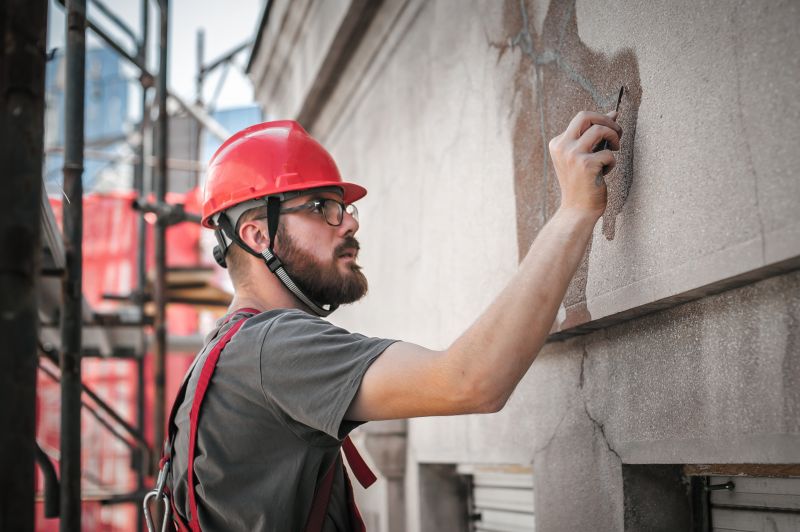
High temperatures and dry conditions require careful planning for curing and safety.
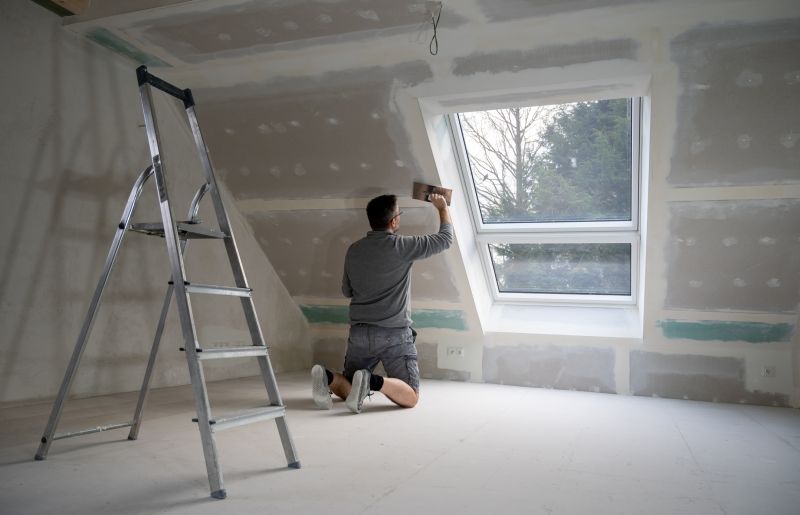
Ways to make Structural Repairs work in tight or awkward layouts.
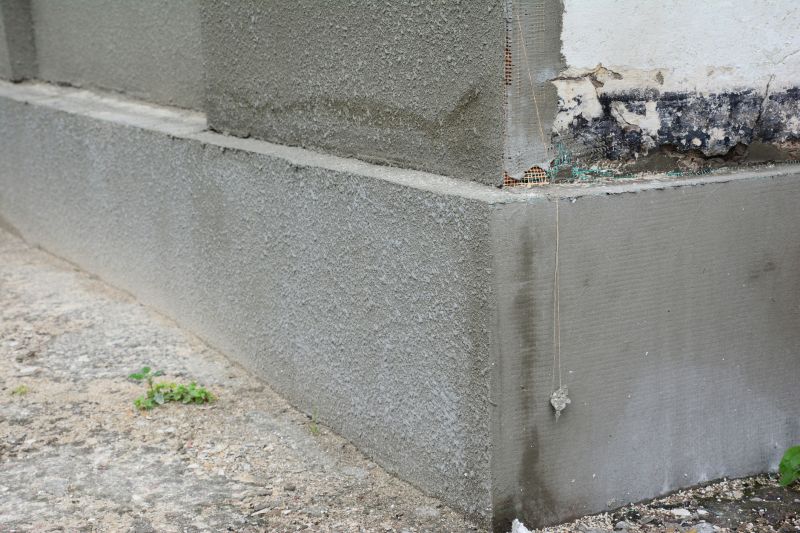
Popular materials for Structural Repairs and why they hold up over time.
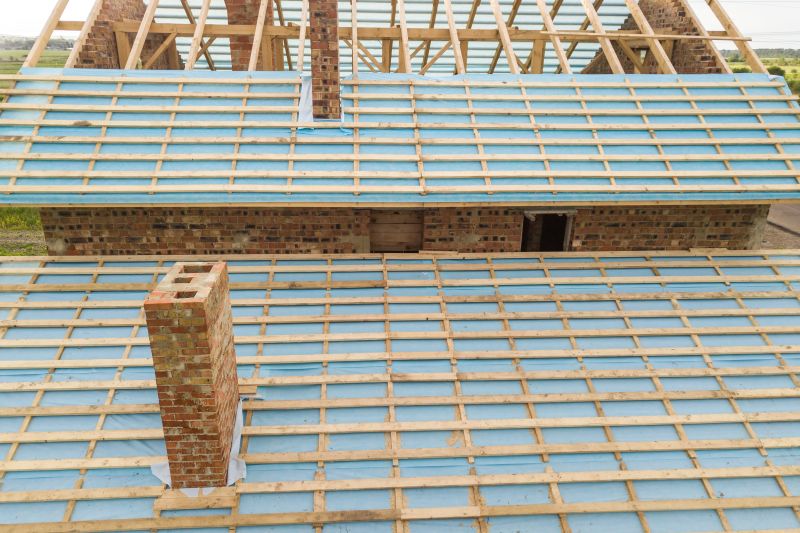
Simple add-ons that improve Structural Repairs without blowing the budget.
Structural repairs are critical for maintaining the safety and longevity of buildings and infrastructure. They address issues such as foundation settling, cracks, and compromised load-bearing elements. Proper timing enhances the effectiveness of repairs and minimizes disruptions. Accurate assessment of weather patterns and seasonal conditions can lead to more successful outcomes and longer-lasting results.
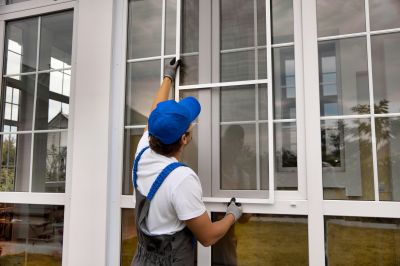
Structural repairs underway during optimal weather conditions.

Reinforcing foundations during dry, mild weather for best results.

Addressing cracks with minimal moisture interference.
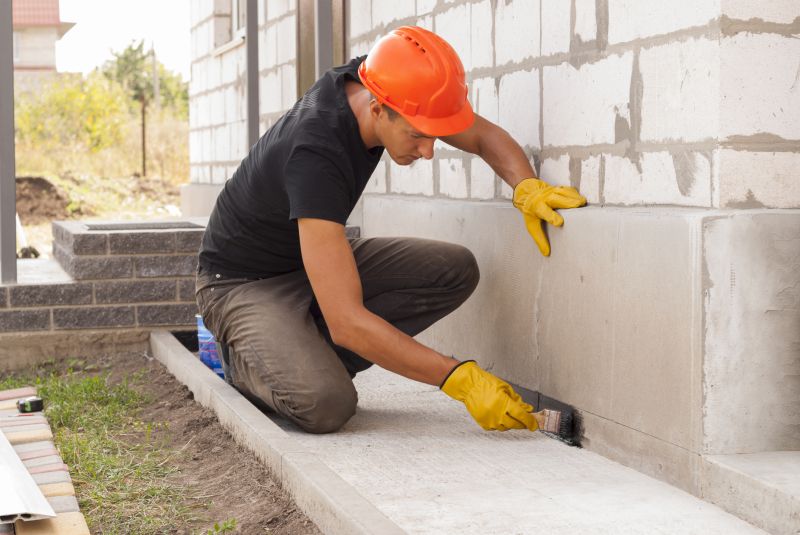
Proper curing of materials in suitable climate conditions.
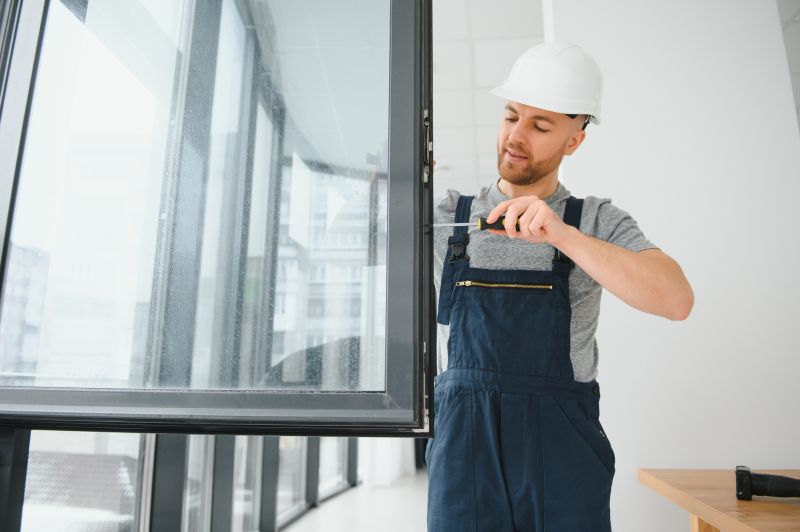
High-end options that actually feel worth it for Structural Repairs.
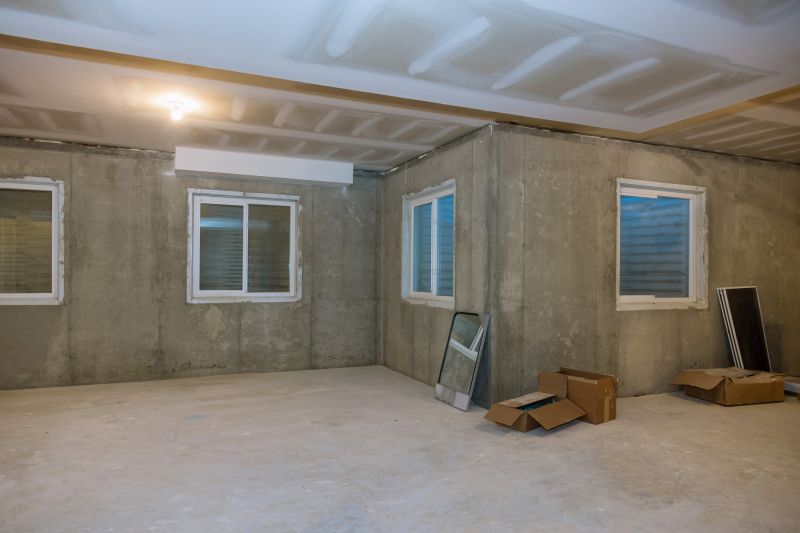
Finishes and colors that play nicely with Structural Repairs.
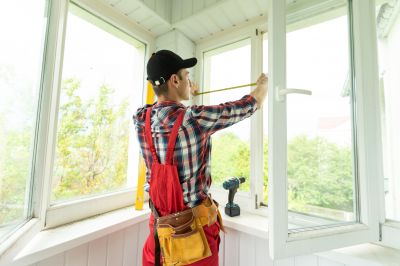
Little measurements that prevent headaches on Structural Repairs day.
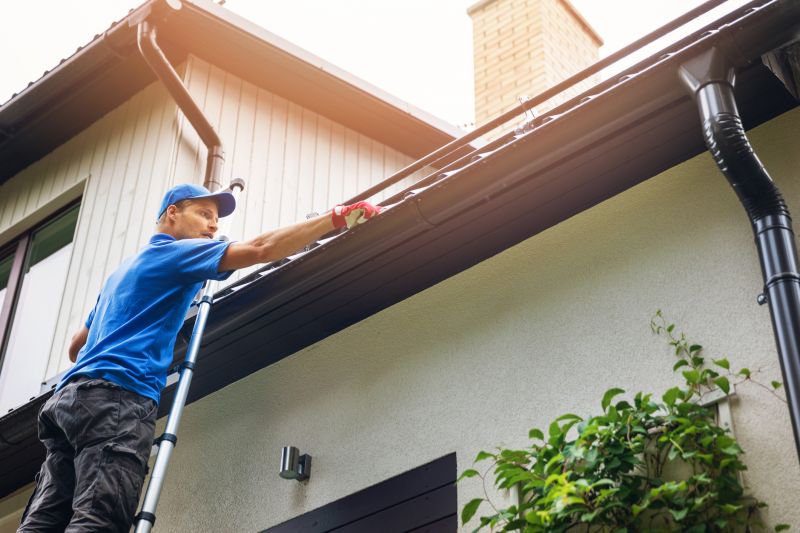
A 60-second routine that keeps Structural Repairs looking new.
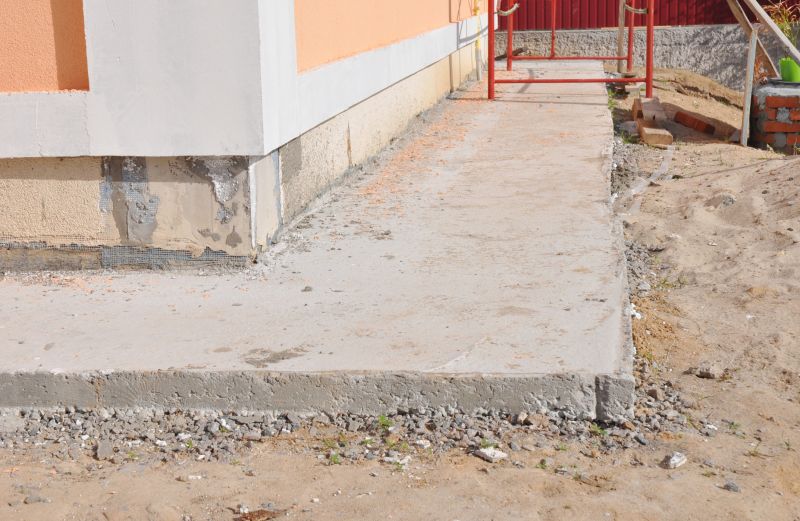
A frequent mistake in Structural Repairs and how to dodge it.
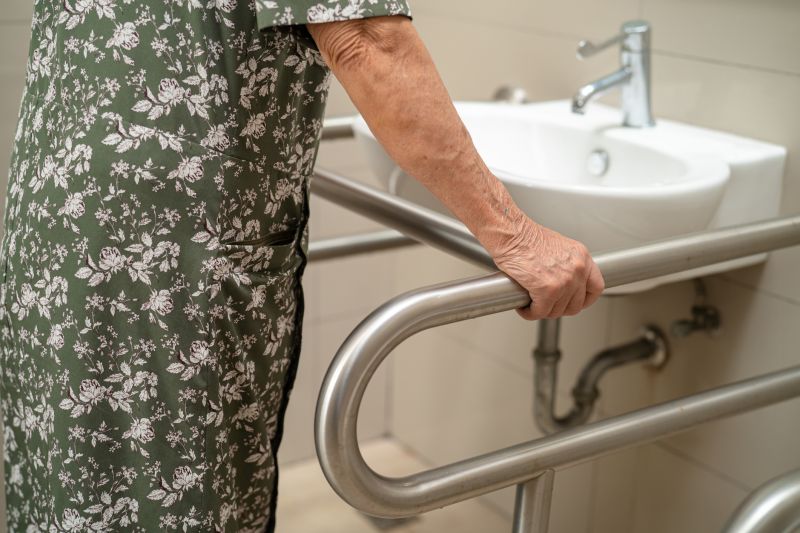
Small tweaks to make Structural Repairs safer and easier to use.
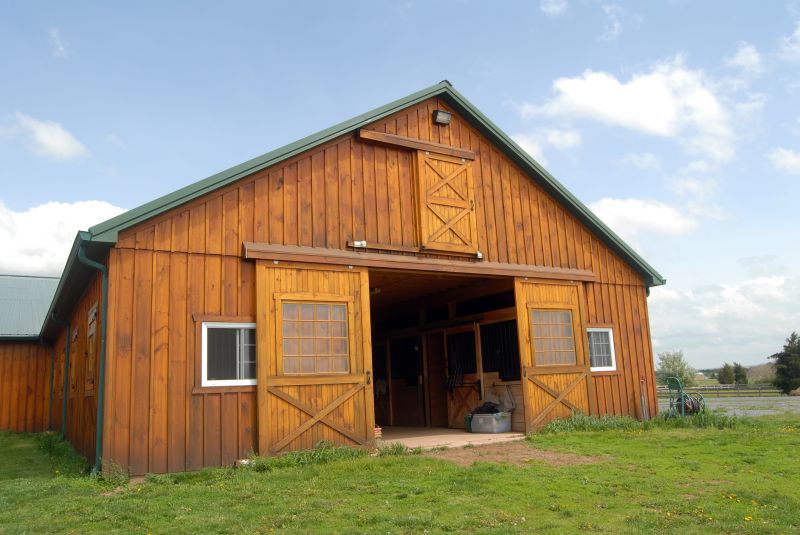
Lower-waste or water-saving choices for Structural Repairs.

The short, realistic tool list for quality Structural Repairs.
| Season | Advantages |
|---|---|
| Spring | Moderate temperatures, low humidity, ideal for curing and application. |
| Early Fall | Stable weather, reduced rain, suitable for scheduling repairs. |
| Summer | Longer daylight hours, but watch for high temperatures and dryness. |
| Winter | Challenging due to cold and moisture, best avoided for major repairs. |
Choosing the right time for structural repairs can significantly impact project success. Weather conditions influence material performance, curing times, and safety. Proper planning based on seasonal patterns ensures that repairs are durable and effective, reducing the likelihood of future issues.
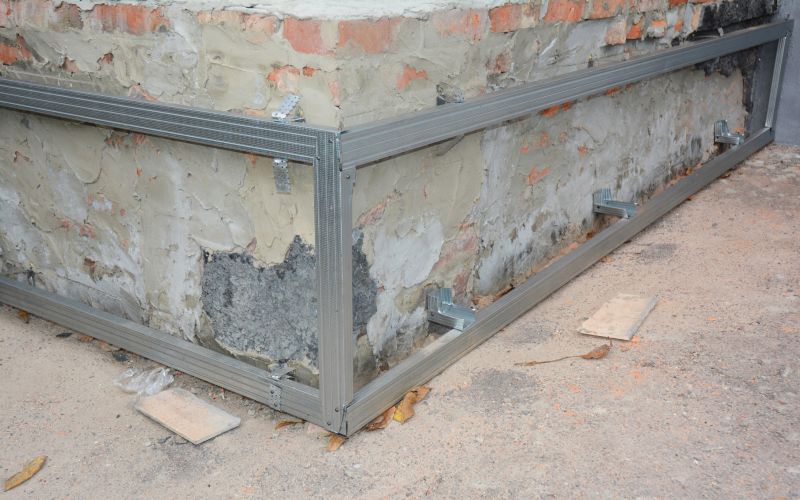
Structural reinforcement carried out in dry conditions for optimal bonding.
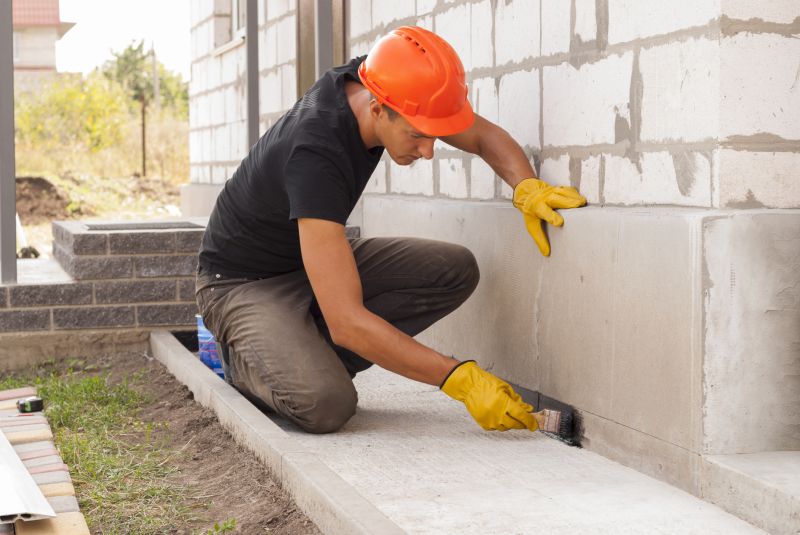
Foundation repairs during spring or fall for best results.
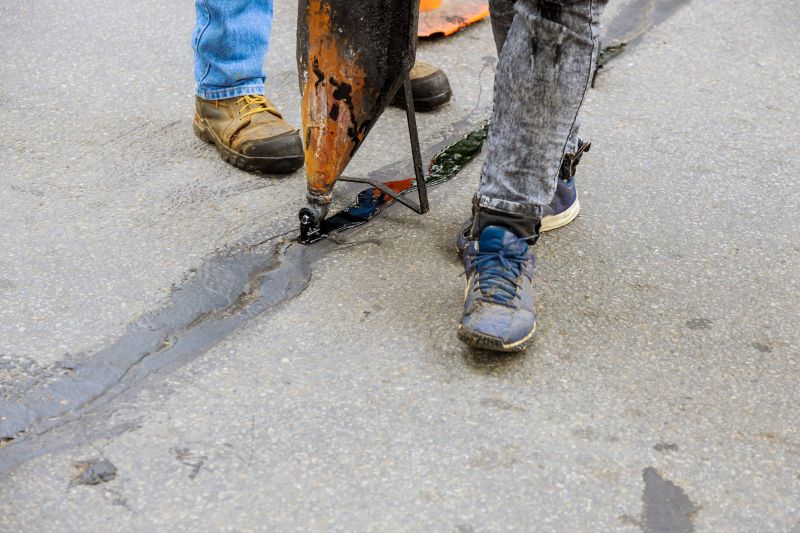
Sealing cracks when weather conditions support proper adhesion.

Rough timing from prep to clean-up for Structural Repairs.
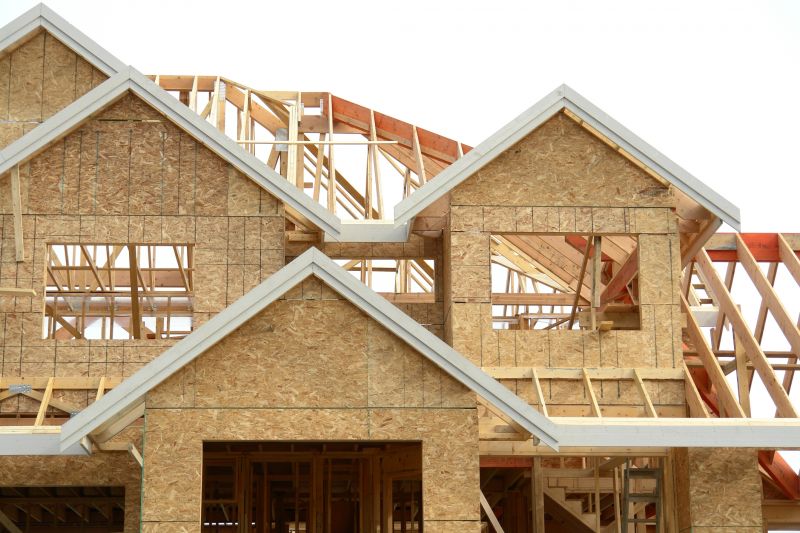
Quick checks and paperwork to keep after Structural Repairs.
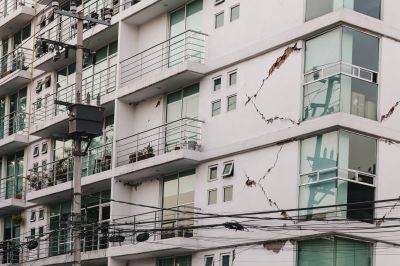
Examples that show the impact a good Structural Repairs can make.
Interested parties are encouraged to contact for more information about scheduling structural repairs at the most suitable time. Proper timing can enhance durability and safety, ensuring long-term stability of the structure.
